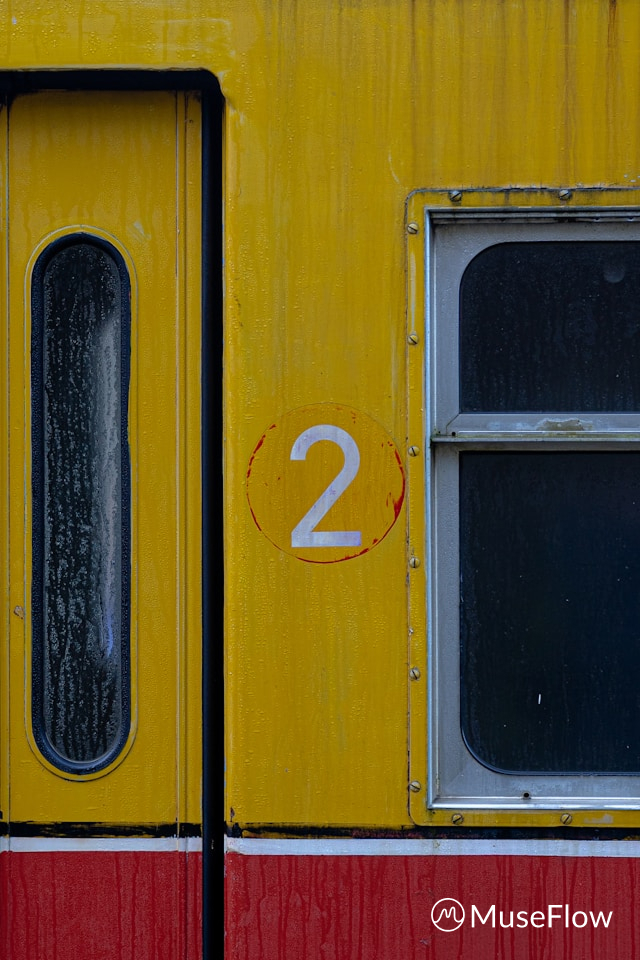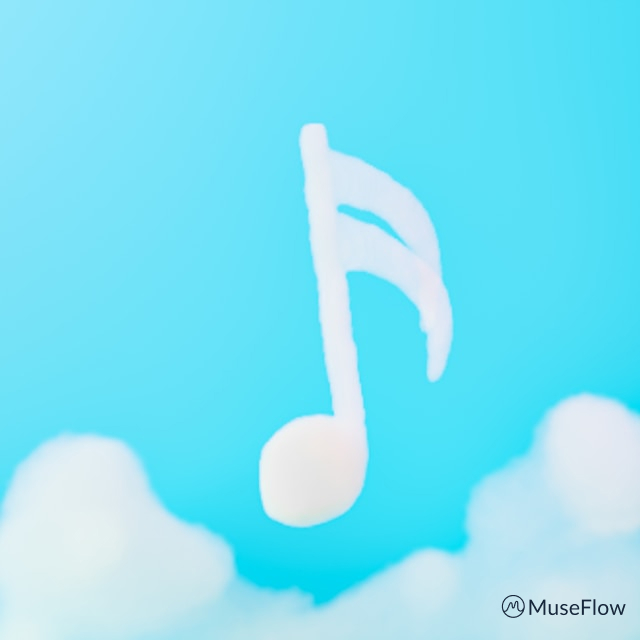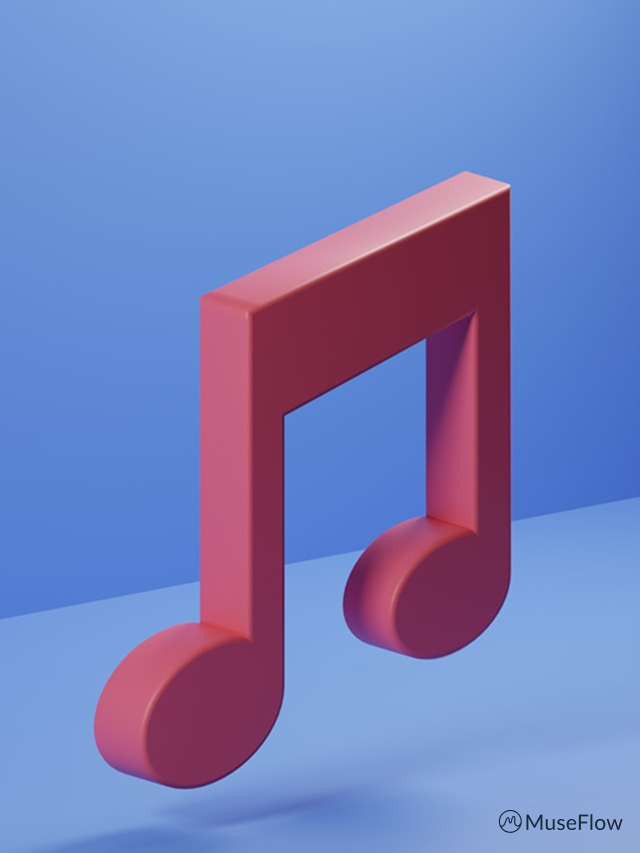If you're looking for piano chords for beginners, you've come to the right place. Chords are the building blocks of music, and mastering just 12 essential chords will unlock thousands of songs. With MuseFlow, you can learn these chords in context, not just as isolated finger positions, making your learning faster and more musical.
Let's dive into the must-know piano chords for beginners that will transform you from a note-by-note player into someone who can actually accompany songs.

Why These 12 Chords Matter
Before we list them, let's understand why these specific chords are so powerful. These are the most common chords in Western music, appearing in everything from pop to classical. Once you know them, you'll start recognizing them everywhere. More importantly, these chords form the foundation for understanding music theory, harmony, and improvisation.

The 12 Must-Know Piano Chords
1. C Major (C-E-G)
This is the most fundamental chord. It's all white keys, making it easy to find and play. C Major is the "home" chord in the key of C, and it has a bright, happy sound. You'll find it in countless songs.
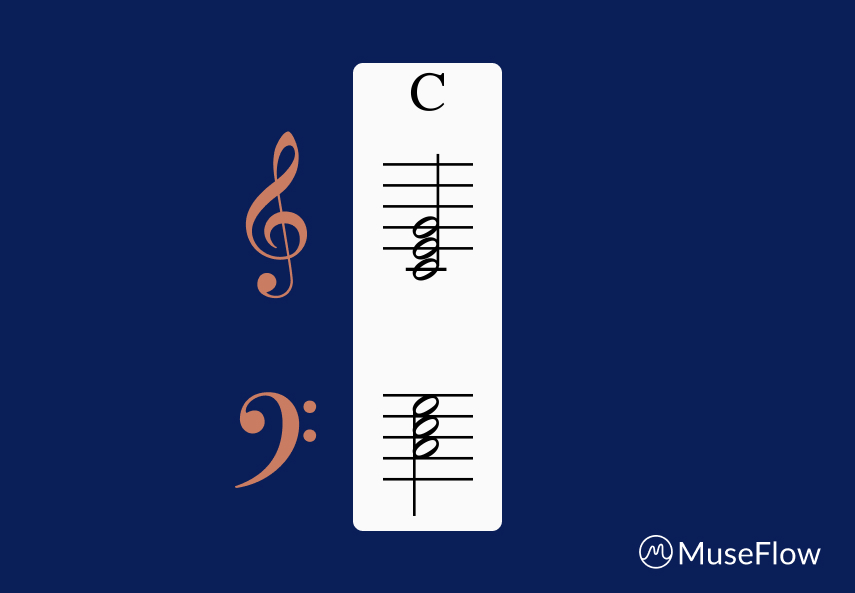
2. G Major (G-B-D)
Another bright, uplifting chord. G Major is often used in conjunction with C Major, creating a sense of movement and resolution. It's essential for playing in the key of C and G.

3. D Major (D-F#-A)
D Major introduces your first black key (F#). It has a strong, confident sound and is crucial for playing in the keys of D and G.

4. A Major (A-C#-E)
A Major is warm and resonant. It's a staple in folk, country, and rock music. Learning this chord helps you understand how sharps work in chord construction.
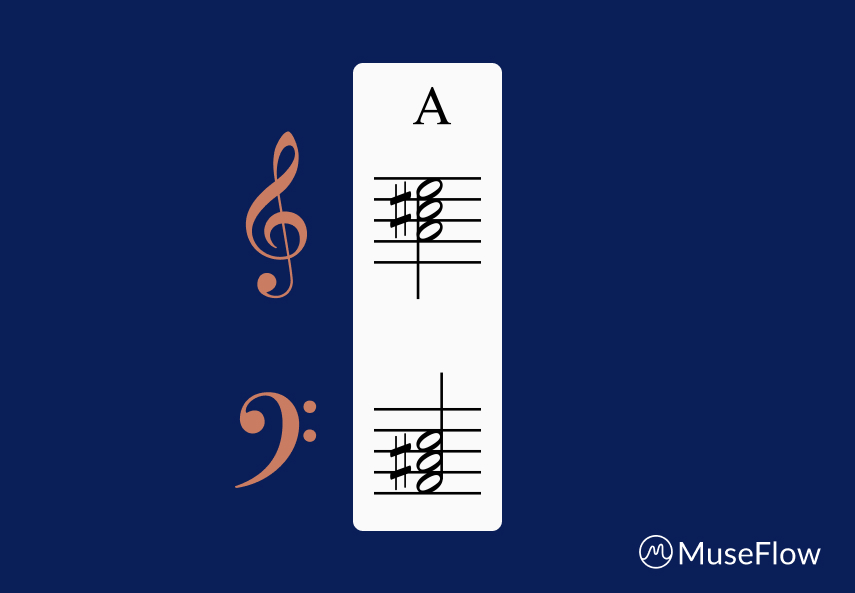
5. E Major (E-G#-B)
E Major is bold and assertive. It's commonly used in blues and rock progressions. This chord is essential for playing in the key of E and A.

6. F Major (F-A-C)
F Major is slightly more challenging because it often requires a different hand position, but it's incredibly common. It has a smooth, mellow sound and is vital for playing in the key of C.
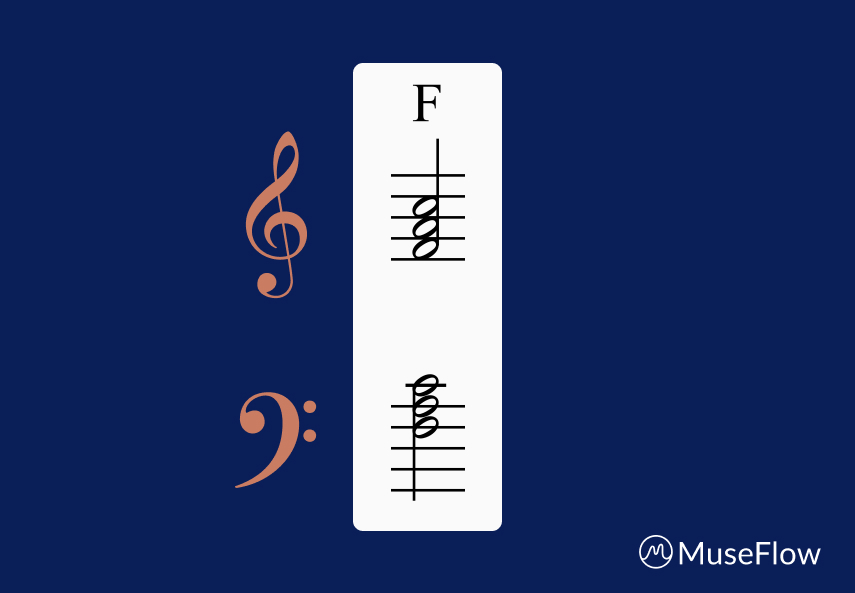
7. A Minor (A-C-E)
Now we enter the minor chords, which have a sadder, more introspective sound. A Minor is the relative minor of C Major, meaning they share the same notes but have a different tonal center. It's one of the most used minor chords.

8. E Minor (E-G-B)
E Minor is hauntingly beautiful. It's all white keys, making it easy to play, and it's used extensively in ballads and emotional pieces.

9. D Minor (D-F-A)
D Minor has a melancholic, dramatic quality. It's often used in classical music and adds depth to chord progressions.
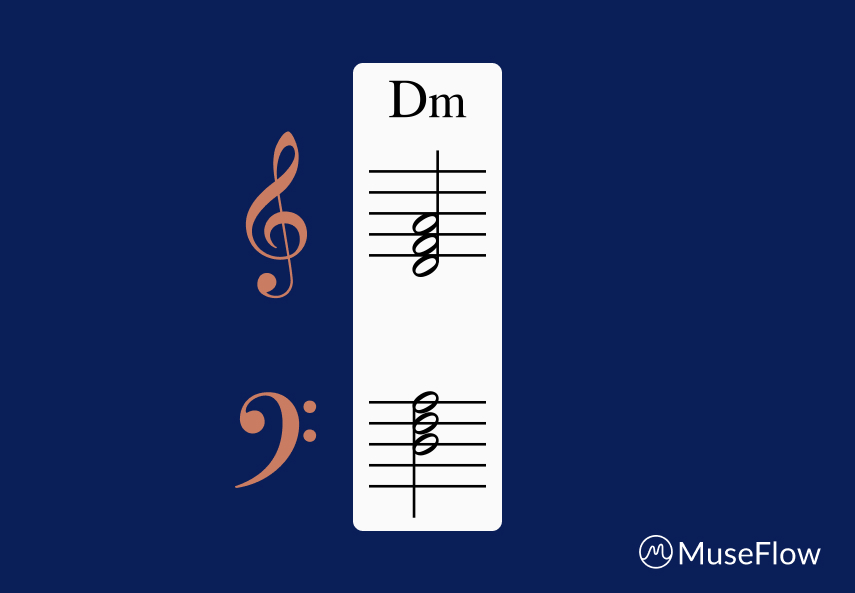
10. B Diminished (B-D-F)
This is a special chord. Diminished chords have a tense, unresolved sound that creates movement in music. B Diminished is the most common diminished chord for beginners and is essential for understanding how chords function.

11. G7 (G-B-D-F)
This is a dominant seventh chord, which means it has four notes instead of three. G7 has a strong pull towards C Major, making it perfect for creating tension and resolution. It's used in jazz, blues, and classical music.
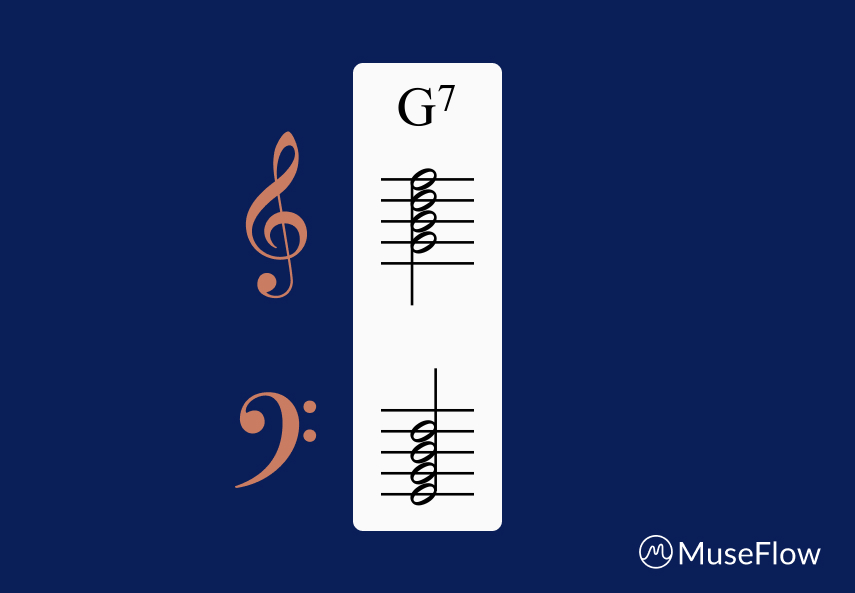
12. C7 (C-E-G-Bb)
C7 is another dominant seventh chord. It creates a bluesy, jazzy sound and is used to transition to F Major. Learning seventh chords opens up a whole new world of harmonic possibilities.

How to Practice These Chords with MuseFlow
Memorizing finger positions is one thing. Understanding how these chords function in music is another. This is where MuseFlow's approach shines. Instead of drilling isolated chords, you learn them in the context of real music through our sight reading exercises and repertoire library.
As you progress through MuseFlow's levels, you'll encounter these chords naturally. You'll see how they connect, how they resolve, and how they create the emotional landscape of a piece. This contextual learning is far more effective than rote memorization. Research on music learning shows that understanding the "why" behind the "what" leads to deeper, more lasting skills.

The Secret to Mastering Piano Chords
Here's the truth: knowing piano chords to play any song isn't just about memorizing shapes. It's about training your ear to hear them and your fingers to find them automatically. This comes from consistent, varied practice.
MuseFlow's never-repeating music generation ensures you're always encountering these chords in new contexts. You're not just playing C Major in one song; you're playing it in hundreds of different musical situations. This builds true fluency.
The benefits of learning piano extend far beyond the technical. It enhances cognitive function, emotional intelligence, and creative expression. And it all starts with mastering these foundational chords.

Ready to put these chords into action? Try MuseFlow for free and start learning piano chords for beginners the right way.. in context, with real music, and with instant feedback that makes every practice session count.
.svg)


